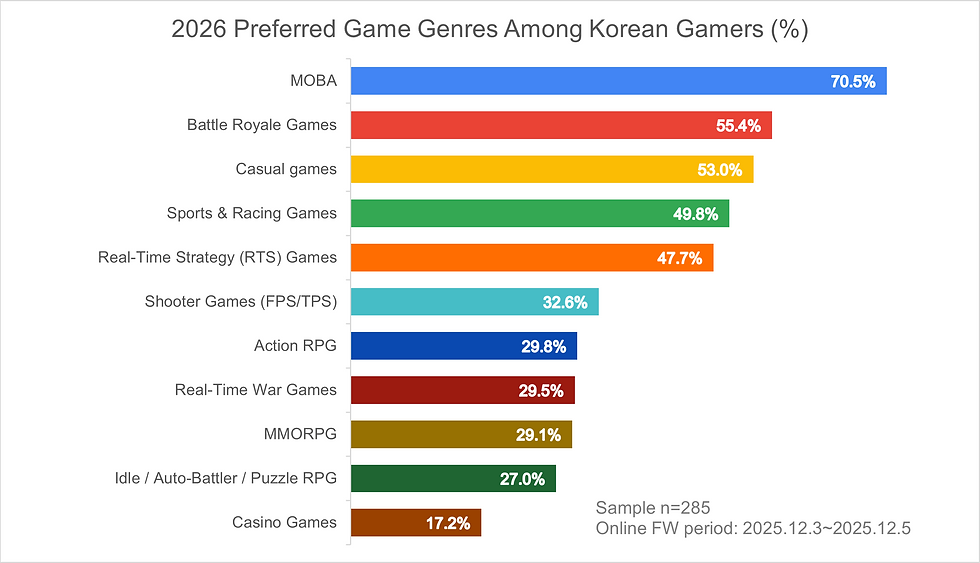Quantifying User Research: A Beginner's Guide
- uxrplayer
- Dec 11, 2023
- 3 min read
In the dynamic and ever-evolving landscape of user experience (UX) research, the ability to quantify and measure user interactions is a compass guiding designers, developers, and researchers toward meaningful insights. Quantifying user research involves a systematic approach to gathering, analyzing, and interpreting data to understand user behavior, preferences, and satisfaction. It serves as the cornerstone for informed decision-making in design, ensuring that the end product not only meets but exceeds user expectations. As we delve into the realms of reliability, validity, measurement scales, and statistical methodologies, we unlock the power to unravel the intricacies of user experiences, ultimately empowering us to craft digital landscapes that resonate with and cater to the diverse needs of our users.

The Bedrock: Reliability and Validity
Imagine building a house without a solid foundation—it's destined to crumble. In user research, that foundation is reliability and validity. Reliable measures ensure consistency in our observations, while validity ensures we're measuring what we intend to measure.
Example:
Consider a usability test measuring the time it takes for users to complete a task. If the stopwatch used is unreliable (giving different results for the same task), our findings become shaky and unreliable.
Scaling the Heights: Levels of Measurement
Understanding measurement scales is like having a GPS for your data journey. Nominal, ordinal, interval, and ratio scales guide us in choosing the right metrics.
Example:
In a survey, rating the likability of a website on a scale from 1 to 5 provides ordinal data. However, calculating the average likability score (interval data) adds a deeper layer of insight.
Painting the Landscape: Descriptive Statistics
Once we've collected our data, descriptive statistics help us paint a picture. Mean, median, mode, and standard deviation add color to the canvas of our findings.
Example:
Consider user satisfaction scores for a mobile app. A high mean satisfaction score may suggest overall contentment, but a large standard deviation indicates varied opinions among users.
Predicting the Future: Inferential Statistics
Inferential statistics elevate our research by allowing us to make predictions about a larger population based on a sample.
Example:
Suppose you conduct usability testing with a sample of 20 users and find a significant decrease in task completion time after a design change. Inferential statistics help you confidently claim that this improvement likely extends to the broader user base.
Navigating the Waters: Sampling
Sampling is our compass in the vast sea of user populations. It ensures our findings are applicable beyond our immediate study group.
Example:
Imagine you're designing a healthcare app. If your user sample only includes tech-savvy individuals, your findings may not accurately represent the needs of less tech-oriented users.
Empowering the Quest: Power and Sample Size
Power is the strength of our research sword, and sample size is the shield. Understanding them empowers us to detect meaningful effects.
Example:
Suppose you're testing a new feature's impact on user engagement. A study with a small sample size might miss subtle but significant changes, rendering your results inconclusive.
Tools of the Trade: Data Collection Methods
Finally, armed with knowledge, we select our tools. Surveys, usability testing, and analytics each have their role in our research arsenal.
Example:
Analyzing user behavior through analytics might reveal that a particular webpage has a high bounce rate. Usability testing can then uncover the specific pain points causing users to exit prematurely.
Conclusion:
As we wrap up this exploration of quantifying user research, remember that each step is a thread in the intricate tapestry of understanding user experiences. By embracing reliability, validity, measurement scales, statistics, sampling, and appropriate data collection methods, we pave the way for informed, impactful design decisions. Happy researching!
.png)



Comments